Plants have evolved several methods of storing food through periods of drought, so that they can spring into life when conditions are again right. Plants which save their energy resources for future growth are therefore found mostly in places which have a prolonged dry period, either in the winter or in the summer, or where there is too much competition for the available food or water at certain times of the year (e.g. in deciduous woodlands).
There are several types of underground storage organ formed from modified stems or roots, and they are mainly found in members of the monocot plant families Iridaceae, Liliaceae and Amaryllidaceae. Because their purpose is to conserve food for the new growth to use, such energy reservoirs are all relatively large and fleshy. The main types of underground storage organs are bulbs, tubers, corms and rhizomes, although some plants have only enlarged, fleshy roots which do not quite fall into any of these categories.
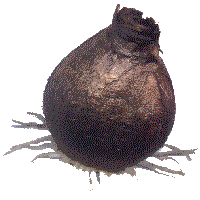 |
BULB
A bulb is an underground storage organ formed from the plant stem and leaves. At the bottom of the bulb is a thin, flat disc called the basal plate, which is a compressed stem, and the roots grow from the underside of this. The body of the bulb is made up of layers of fleshy scales which are modified leaves. In the centre of the bulb is the bud for the next year's flower. |
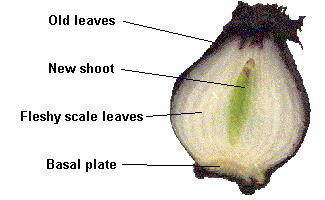 |
During the growing season, the plant uses the food stored in the fleshy scales, and at the end of the season, the leaves divert food into new scale leaves for the next season. The old scale leaves form the dried papery covering of the new bulb, the tunic. New bulbs are formed around the base of the old bulb. These baby bulbs are called bulblets. |
|
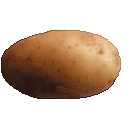 |
TUBER
A tuber is a fleshy storage organ formed from either a stem or root. A potato tuber is formed at the end of the underground stem, and can produce new shoots from eyes or buds on its surface. Other plants form tubers on their roots, which do not produce shoots but are used only for storing food. |
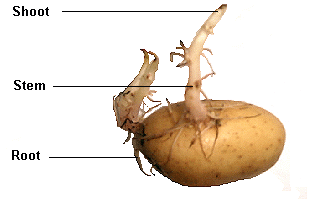 |
During the growing season, the plant uses the food stored in the fleshy tuber, and new tubers are formed at the ends of the current season's underground stems. |
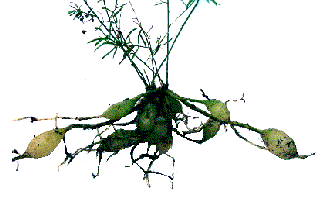 |
Root tubers which are used solely as food storage organs are more or less permanent structures, and constantly replenish their reserves. |
|
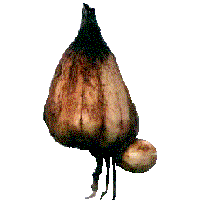 |
CORM
A corm is an underground storage organ formed from the plant stem. A corm is a mass of solid tissue, without separate fleshy scales as in a bulb, although there is usually a dry papery tunic formed of modified leaves. |
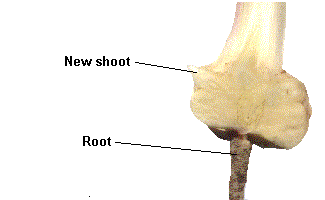 |
A corm is formed from the swollen base of the stem, and roots form on the underside of the corm. Buds form at the top of the stem, and there may also be smaller secondary buds on the outside of the corm. These are usually dormant unless the main stem bud is damaged. |
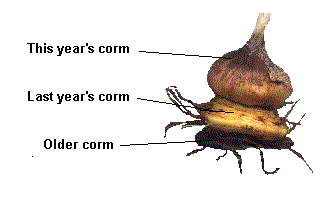 |
During the growing season, the plant uses the food stored in the fleshy stem, and at the end of the season, the leaves divert food into producing a new corm on top of the old one. |
|
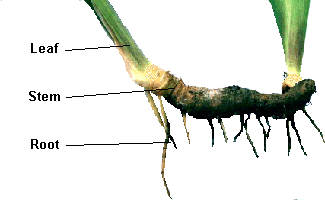 |
RHIZOME
A rhizome is a swollen stem bearing leaves and roots, which grows horizontally on or just below the surface. A rhizome is similar to a corm, but new rhizomes are not produced annually. Instead, the older parts die off and the tips of the rhizome grow longer. Rhizomes usually have scaly reduced leaves along their surface, which have resting buds in the axils. A rhizome may be propagated by division, when these resting buds will grow and produce leaves for a new plant. |
|








